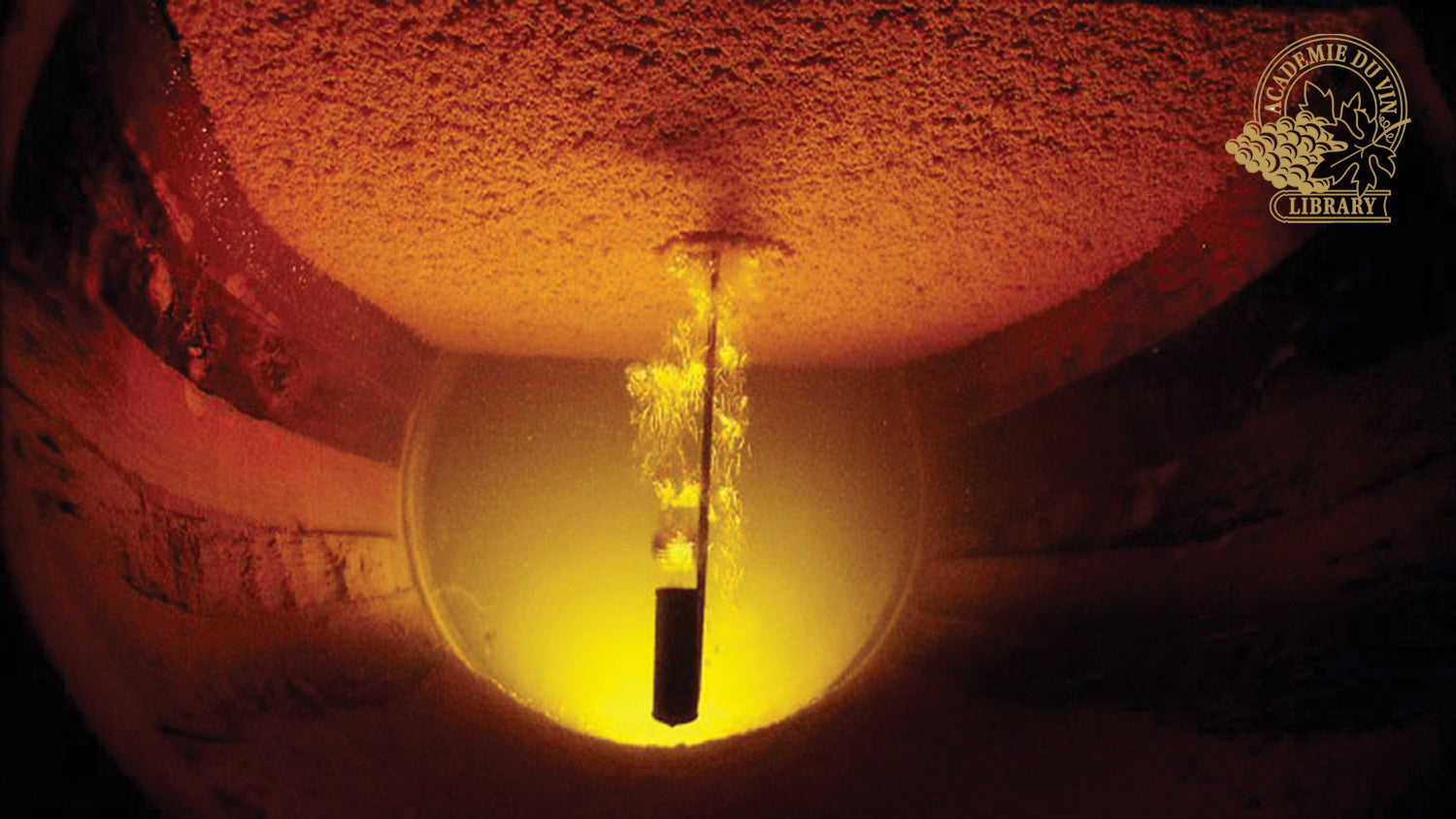There is usually a valid historical reason why some wine regions in Europe produce sparkling or fortified wines, or indeed spirits, instead of regular wine styles. In most cases it is because the ensuing wine is not very good. Champagne's grapes are well known – predominantly Chardonnay and Pinot Noir – but not enough sun hits the vineyards, so bubbles were introduced to liven the wine up and champagne was born. The two red wines produced in this region are famously called after their respective villages, Bouzy and Dizy.
Further south, the main grapes used for Cognac and Armagnac are Ugni Blanc and Colombard respectively. Not grapes with great character, so they were fated to be distilled into fine spirits. Now, however, you can buy table wines produced 100% from these two grapes: Cotes de Gascogne is now well established at the accessible end of the market.
Wines from the Douro Valley have always been produced from a multitude of flavourful, interesting red grapes. Two of the leading varieties are Touriga Franca and Tinta Roriz. These, too, can now be bought as table wines, but are more often blended with other varietals due to the varying mountainous terrain of the Douro, which historically has made it difficult to batch plant (ie, most vineyards were planted with several varieties on the rocky ridges as insurance against crop failures).
The main reason why Douro wines became fortified with grape spirit and known as port, was to keep them in prime condition while they underwent their longish sea voyage in pipes or casks to England. Unfortified, they would have become undrinkable by the time they reached the Bristol or London docks.
Sherry, even further away by sea, also had to be fortified to reach the all-important English market in top condition. Sherry's main grape, accounting for well over 90% of production, is Palomino. Its two supporting varieties are Pedro Ximénez and Moscatel. Again, Palomino has historically not proven itself to be an exciting grape; it lacks fruit and acidity and is maybe a bit dull. So sherry really follows the Cognac/Armagnac pattern rather than the champagne or port rationales. But in this specialist role, it is indeed glorious!
Sherry in all its incarnations still reigns supreme within the ‘Sherry Triangle’, and it remains pretty supreme here in the UK too. I’d say the hyper windy and rain sodden weather we are currently experiencing calls for the consumption of generous quantities of full-bodied oloroso, pale sherries, traditional cream sherries and PX libations, taken regularly to keep the warmth within and the cold without. The two lead cream sherry brands, Harvey's Bristol Cream and Croft's Pale Original Cream should be doing a roaring trade right now. Whilst writing this (before a Six Nations rugby match), I have delved into a very welcome bottle of Canasta cream. Magnificent!
Following the Côtes de Gascogne analogy, back in the sunnier climes of Jerez and Sanlúcar de Barrameda, there are murmurings concerning the production of 100% Palomino and 100% Pedro Ximénez for natural table wines: research is afoot! One enterprising bodega, Ximénez Spinola in Jerez, has been experimenting with dry PX wines for some years. During a recent visit to Jerez, I tasted their six-month old dry wine from the barrel – it was deliciously refreshing.
Only last week, Tim Holt told me that his company Barbadillo, in Sanlúcar, was about to launch 'Sabalo', a natural dry wine produced from 100% organic 35-year old Palomino vines. It sounds fun. I have yet to taste it, but sherry land needs all the innovations that this inspiring region can produce. I say bring on anything that reminds us of Andalusian sunshine and warmth right now.
To sherry and friends!




